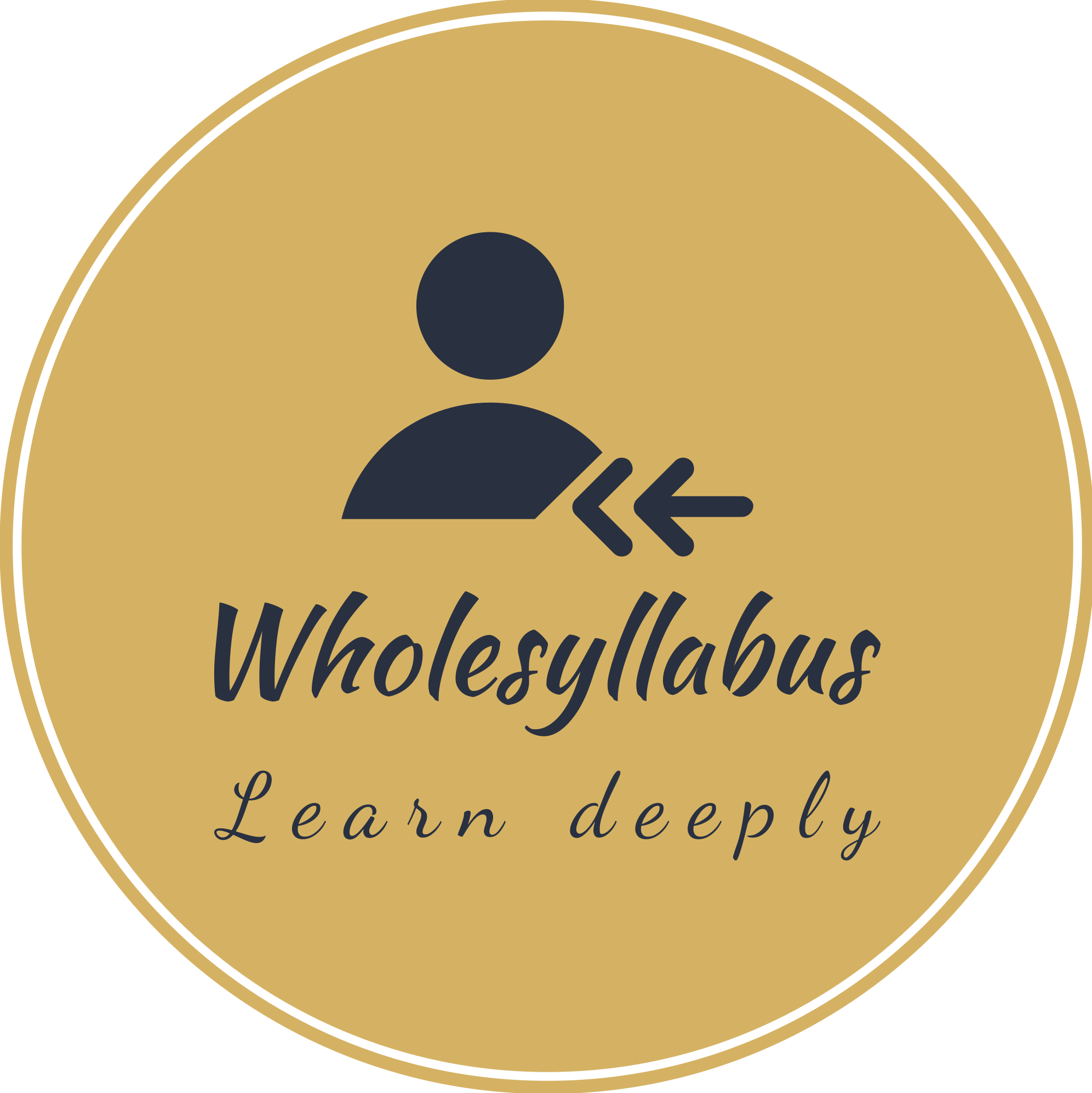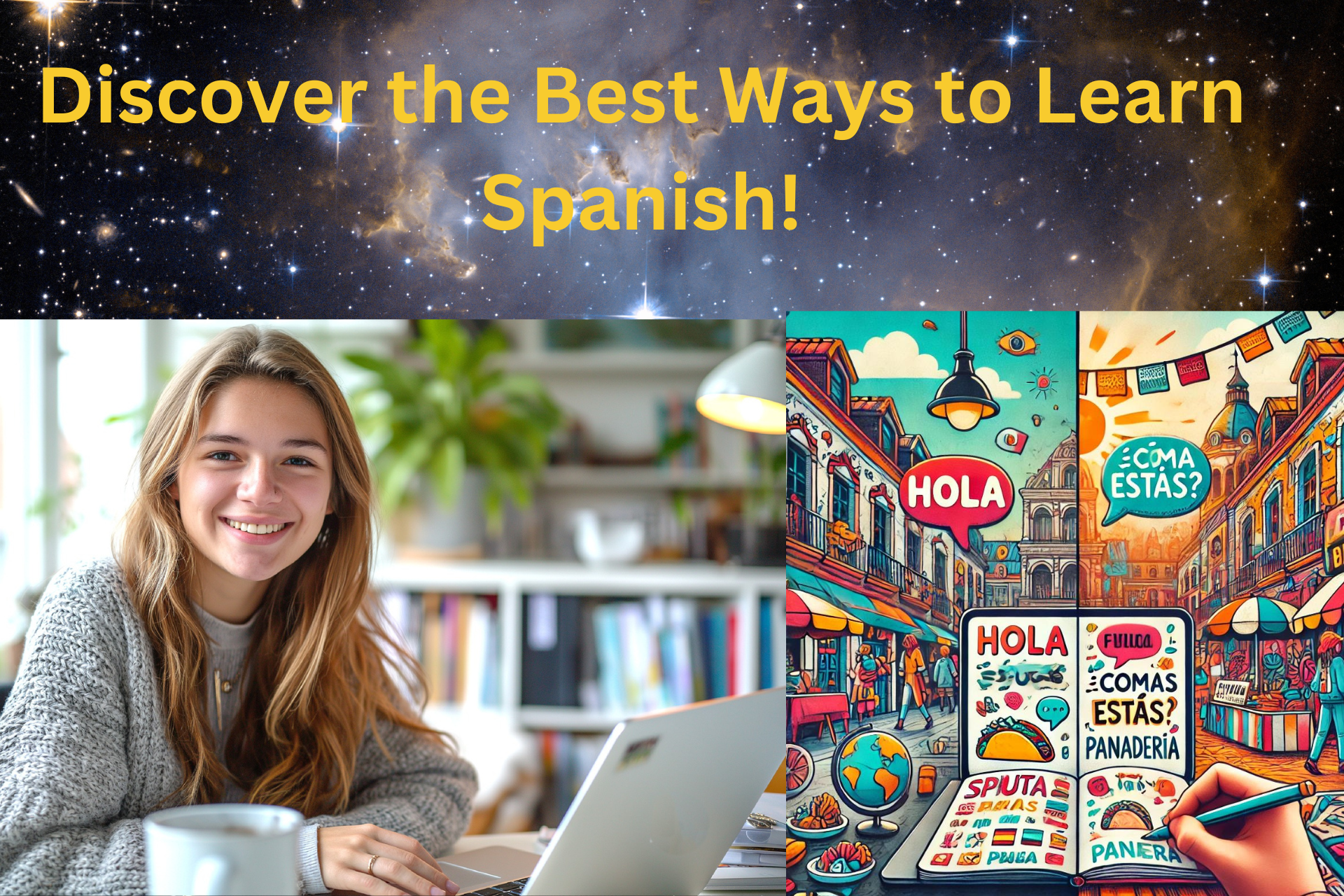Learning Spanish unlocks new cultures, travel opportunities, and career options. Whether you’re a student or an adult, it’s a valuable language that connects you with millions globally.
But where do you start? With so many ways to learn, from apps to classes, it can be hard to choose the best method. In this guide, we’ll walk you through the top techniques for learning Spanish, whether you’re just starting out or looking to sharpen your skills.
As you explore the best ways to learn Spanish, it’s important to understand that learning a new language takes time and persistence. If you’re juggling multiple responsibilities, staying organized can be a challenge.
You might find it helpful to read our post on time management tips for homeschooling parents, which offers great strategies to manage your learning schedule effectively, even when life gets busy.
Let’s find the perfect approach for you!
Different Learning Styles
You might be wondering why learning styles even matter when it comes to learning a language like Spanish. Well, understanding how you personally learn best can make a huge difference in how quickly you pick things up.
Whether you learn better by hearing things, seeing them, or getting hands-on, tailoring your approach to your learning style is going to make things a lot easier—and, honestly, more fun!
How to Identify Your Learning Style
Before we dive in, take a moment to think about how you naturally learn. Do you remember things better after hearing them? Or maybe you’re more of a visual person who likes to see things mapped out?
Perhaps you learn best when you can actively participate, doing something physical. It’s important to keep in mind that figuring this out upfront can help you choose the right tools and methods for your Spanish-learning adventure.
Auditory Learners: Learning Spanish by Listening
Who Are Auditory Learners?
Auditory learners, like you might have guessed, learn best by hearing stuff. If you love listening to conversations, podcasts, or even just people talking around you, this might be your learning style.
Maybe you’re one of those people who can still remember a song lyric you heard once a year ago—then guess what? You’re probably an auditory learner.
Strategies for Auditory Learners
- Spanish Podcasts: Podcasts are your best friend here. There are so many Spanish-language podcasts out there that you can listen to while doing other things, like walking or cooking. Notes in Spanish and Coffee Break Spanish are two great options. And since podcasts are bite-sized, you can squeeze in a lesson during a quick break or commute.
- Conversational Lessons: Talking is key for auditory learners. Apps like italki or Tandem connect you with native speakers for real conversations. Even if you’re just starting, hearing native speakers talk is super helpful for getting used to how the language sounds and how it flows.
- Music and Audiobooks: If you love music, try listening to some Spanish-language artists like Shakira or Carlos Vives. Music is great because it sticks in your head. And if you’re more into books, try listening to audiobooks in Spanish, like Harry Potter y la Piedra Filosofal. Even if you don’t catch every word, you’ll start recognizing patterns.
PRACTICAL TIPS:
Why not make a habit of listening to Spanish music or podcasts during your morning routine? Even if you’re just brushing your teeth or making breakfast, those few minutes each day can add up to a lot of learning without you even realizing it.
Actionable Tip: Set a goal to listen to at least 15 minutes of Spanish content every day. Whether it’s a podcast, music, or an audiobook, that little bit of exposure adds up.
Duolingo is a popular language-learning app that includes lessons for all types of learners.
Visual Learners: Learning Spanish by Seeing
Who Are Visual Learners?
Visual learners need to see the information in order to really get it. If you love charts, diagrams, or watching videos, then you’re likely a visual learner.
You probably remember faces or places better than names or conversations.
Strategies for Visual Learners
Interactive Apps: Apps like Duolingo or Busuu are perfect for visual learners because they use pictures, symbols, and interactive exercises. Yabla is another cool tool that uses videos with Spanish subtitles, so you can see the words as you hear them—double win!
Video Lessons: Watching Spanish TV shows or YouTube videos can really help visual learners. You could start with English subtitles, then switch to Spanish subtitles once you’re feeling a bit more confident. Shows like La Casa de Papel (Money Heist) or El Internado are popular choices.
Mind Maps and Flashcards: Tools like Anki or Quizlet are fantastic for making flashcards or mind maps that help you organize new words and grammar. You can even color-code things to make them more memorable. It’s like making your own personalized visual toolkit.
PRACTICAL TIPS:
One easy way to integrate visuals into your learning is by labeling items around your home in Spanish. Stick a little note on your fridge (refrigerador), mirror (espejo), or bed (cama). This way, you’re constantly seeing and learning the Spanish words for things you use every day.
Actionable Tip: Commit to watching at least one video or show in Spanish every day. Jot down any new words you hear and use flashcards to review them later.
Kinesthetic Learners: Learning Spanish by Doing
Who Are Kinesthetic Learners?
Kinesthetic learners learn by doing—simple as that. If sitting down with a book or listening to a lecture drives you crazy, and you’d rather get up and move, then you’re likely a kinesthetic learner. You need hands-on activities and experiences to really learn something.
Strategies for Kinesthetic Learners
- Language Immersion: The ultimate hands-on way to learn Spanish is to immerse yourself in the language. That might mean traveling to a Spanish-speaking country or finding ways to engage with native speakers at home. If travel isn’t an option, look for local meetups or events where Spanish is spoken, or sign up for cooking or dance classes taught in Spanish.
- Online Language Partners: Apps like HelloTalk or italki can connect you with native Spanish speakers for real-time conversations. These apps are great because they let you practice speaking and listening, which gives you a more active way to learn than just reading or listening passively.
- Physical Games and Activities: Why not turn your language learning into a game? Try playing language games that involve physical activities, like scavenger hunts with Spanish words, or acting out different scenarios. You can also use apps like Mindsnacks, which have fun, game-like exercises to keep things interesting.
PRACTICAL TIPS:
Join a local Spanish-speaking group or class. Even if you’re just starting out, engaging with others in a Spanish conversation group or volunteering at events where Spanish is spoken will help you improve quickly by putting you in real-life situations where you have to use the language.
Actionable Tip: Try labeling items around your home in Spanish, or practice speaking aloud while you do everyday tasks like cooking or cleaning. It’s all about doing to learn!
Combining Learning Styles for Maximum Impact
Here’s the thing: You don’t have to stick to just one learning style. In fact, combining different styles can give you the best of all worlds. For example, listen to a Spanish podcast (auditory), while taking notes (visual), or try watching a Spanish cooking show and then make the recipe while talking through the steps in Spanish (kinesthetic).
PRACTICAL TIPS:
Let’s say you listen to a podcast on the way to work, use flashcards during lunch, and practice speaking with a tutor in the evening. You’re hitting auditory, visual, and kinesthetic learning all in one day. Not bad, right?
Actionable Tip: Try combining at least two different learning methods in your weekly routine to keep things fresh and boost your retention.
So, if you take the time to figure out your learning style and then mix and match the right tools, you’ll find that learning Spanish is not just easier—it’s also way more enjoyable. Whether you’re an auditory, visual, or kinesthetic learner, there’s a ton of resources out there to help you along the way.
What is the most effective method of learning Spanish?
The most effective method depends on your learning style, but a mix of immersion, consistent practice, and structured lessons often works best. Immersive methods, such as using Spanish-language apps (e.g., Duolingo, Babbel), watching TV shows, or conversing with native speakers, help you think in Spanish naturally. Combining these with structured lessons (through courses like Rosetta Stone or Italki) ensures you’re learning grammar and vocabulary in an organized way. For most people, the combination of daily practice, real-life conversation, and a strong foundation in grammar yields the best results.
How can I learn Spanish by myself?
Learning Spanish by yourself is completely achievable with the right tools and discipline. Start by using language apps like Duolingo, Memrise, or Babbel, which offer structured lessons and gamified experiences to keep you motivated. Supplement these with podcasts (e.g., “Coffee Break Spanish”), YouTube channels, or Spanish-learning websites. Make flashcards with apps like Anki for vocabulary and practice speaking by talking to yourself or using platforms like Italki for conversational practice with native speakers. The key is consistency—set aside at least 30 minutes every day and incorporate Spanish into your daily routine through media, music, and reading.
What’s the fastest way to learn Spanish?
The fastest way to learn Spanish is through immersion and intense practice. If possible, spend time in a Spanish-speaking country, or simulate immersion by surrounding yourself with Spanish media, such as movies, TV shows, and music. Combine this with frequent conversations with native speakers (through language exchange apps like Tandem or Italki) and structured lessons. For quick results, try the “shadowing technique” (repeating after a native speaker) or intensive language courses like Pimsleur or FluentU, which focus on rapid conversational skills. The key is frequent, real-world practice, and pushing yourself out of your comfort zone to speak as much as possible.
What is the best way to become fluent in Spanish?
To achieve fluency, you need a long-term commitment to learning and speaking Spanish regularly. The best way to become fluent is to combine structured learning with daily immersion. Enroll in advanced courses (through platforms like Italki or Coursera) and dedicate time to speaking with native speakers. Additionally, immerse yourself in the language daily through Spanish TV shows, books, podcasts, and news. Fluent speakers also regularly use flashcards (Anki or Quizlet) to build vocabulary and improve their listening and comprehension skills. For fluency, consistency, exposure, and conversational practice are key.

Nawab is an experienced educator with a decade of teaching across preschool to K-12 levels. Holding both a graduate degree and a diploma in elementary education, he is passionate about fostering learning environments that inspire young minds. In addition to his teaching career, Nawab has been actively blogging and writing content for the past four years, sharing insights and resources for educators and parents alike.

